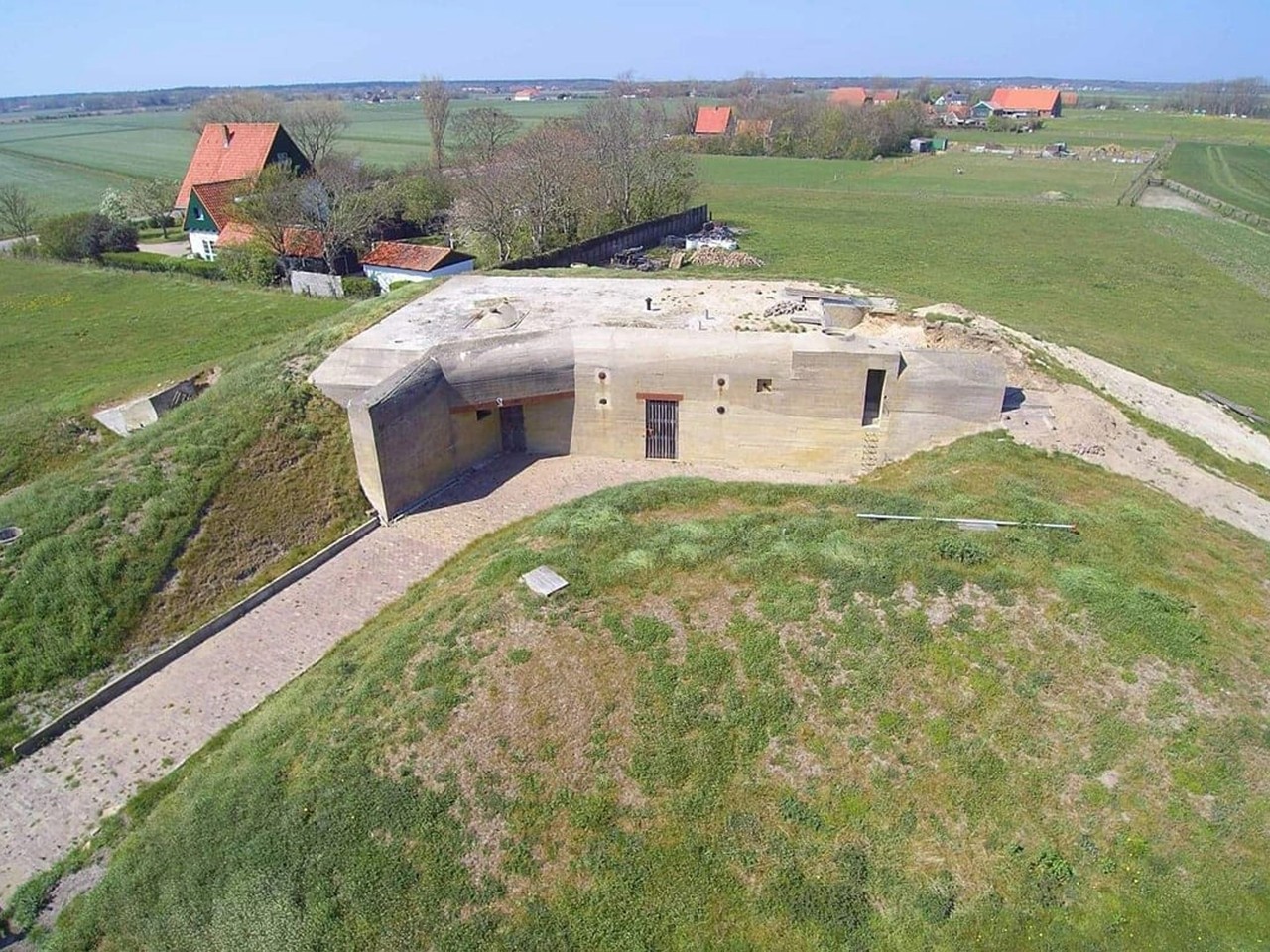During the Second World War, Texel was part of the German defensive line — the Atlantikwall — and the Texla Bunker served as the island’s nerve center: radar signals, communications, and troop movements were all coordinated from here.
The Georgian Uprising
On April 6, 1945, a dramatic turning point occurred. Around 800 Georgian soldiers of the 822nd Georgian Battalion Queen Tamar, stationed on Texel under German command, rose up against their superiors. The uprising was partly driven by fear that, once transferred to the Eastern Front, the Georgians would be treated as collaborators by the advancing Soviet forces.
That night, the Georgians surprised the German troops and briefly took control of several key locations on the island — including the Texla Bunker, which temporarily became their command post.
Texla Bunker as Heritage
In 2017, the Texla Bunker was partially excavated by the Bunkergroep Texel and is now managed as a museum site. Archaeological excavations have uncovered items such as pieces of uniform, ammunition casings, and — more unexpectedly — used condoms, discovered during digs in 2023.
Inside the museum, visitors can view a collection of artefacts found at the Texla site as well as donated wartime materials with a connection to Texel’s history.
